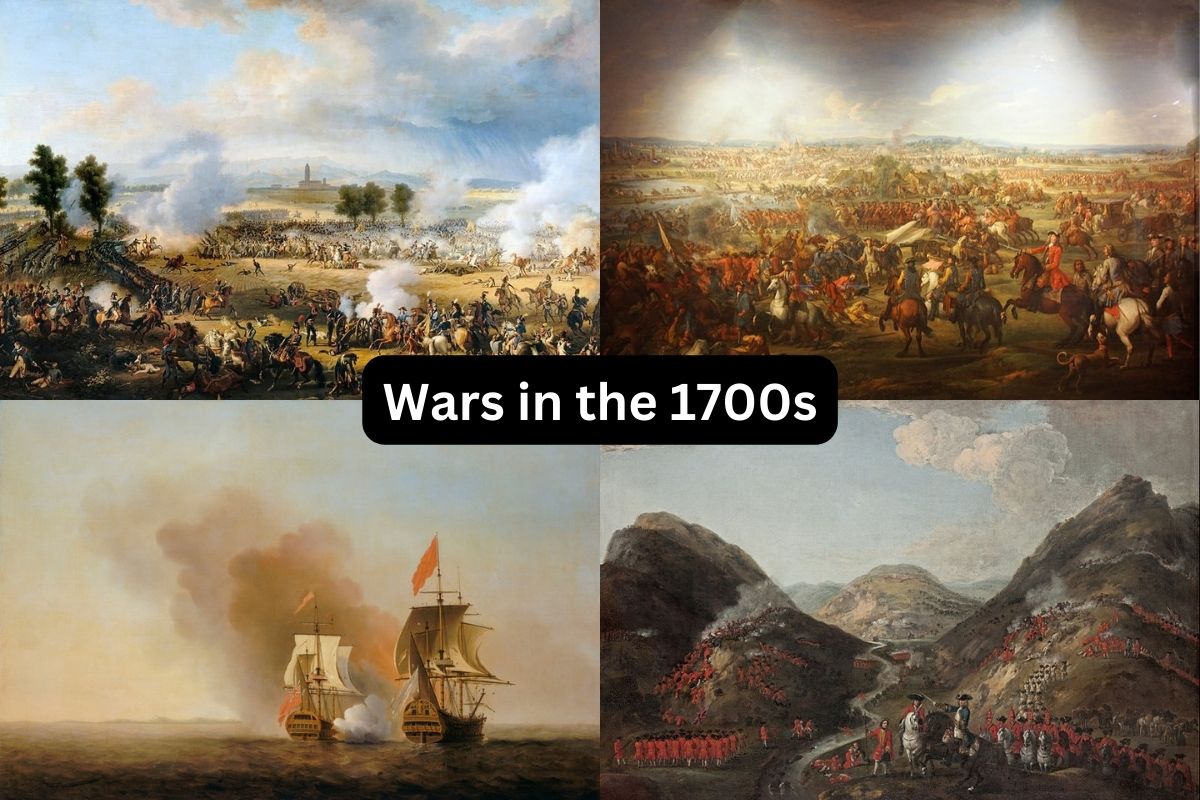The 1700s, also known as the 18th century, was a period marked by significant geopolitical changes and military conflicts across the globe. It was a time of imperial rivalries, power struggles, and the emergence of new nation-states.
Several major wars shaped the political landscape and influenced the course of history during this era.
The wars of the 1700s were characterized by complex alliances, territorial disputes, and ideological clashes. They often involved multiple European powers and had far-reaching consequences, extending beyond the borders of the participating nations.
These conflicts were fought on various continents, including Europe, North America, Asia, and Africa, reflecting the global reach of the colonial empires of the time.
Throughout the 1700s, wars played a crucial role in shaping the modern world, redrawing borders, and setting the stage for the geopolitical dynamics that would unfold in the centuries to come.
They brought about significant societal, economic, and political changes, leaving lasting legacies that continue to influence the world today.
List of Wars in the 1700s
| War | Duration | Additional Information |
|---|---|---|
| War of the Spanish Succession | 1701-1714 | Fought over the succession to the Spanish throne after the death of King Charles II. |
| Great Northern War | 1700-1721 | Conflict between the Swedish Empire and a coalition of Russia, Denmark-Norway, and Poland-Lithuania. |
| War of the Quadruple Alliance | 1718-1720 | Fought between a quadruple alliance consisting of Britain, France, Austria, and the Dutch Republic against Spain. |
| War of Jenkins’ Ear | 1739-1748 | Initially a dispute between Britain and Spain over alleged mistreatment of British sailors, later merging into the larger War of the Austrian Succession. |
| War of the Austrian Succession | 1740-1748 | European conflict triggered by the death of Holy Roman Emperor Charles VI, involving several powers vying for control over his territories. |
| Seven Years’ War | 1756-1763 | Global conflict involving major European powers and their colonial empires, particularly Britain and France, fought across several continents. |
| American Revolutionary War | 1775-1783 | Fought between Great Britain and the thirteen American colonies, leading to the establishment of the United States of America. |
| French Revolutionary Wars | 1792-1802 | Series of conflicts arising from the French Revolution, involving France against various coalitions of European powers. |
1. War of the Spanish Succession (1701-1714)
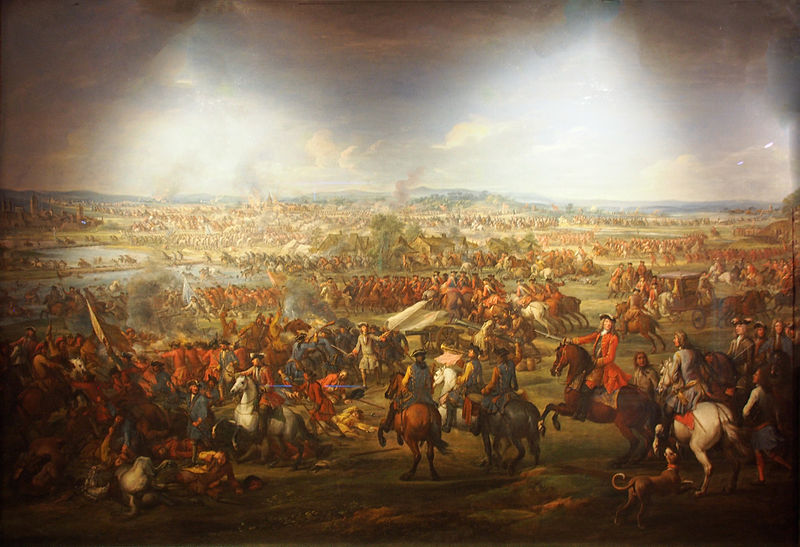
The War of the Spanish Succession was triggered by the death of the Spanish Habsburg king, Charles II, who left no direct heir. European powers were concerned about the potential union of the Spanish and French crowns, which could upset the balance of power.
A coalition of nations, including England, the Dutch Republic, and Austria, sought to prevent the Bourbon dynasty, represented by Louis XIV of France, from gaining control over the Spanish throne. The war involved battles fought across Europe, particularly in Spain, the Netherlands, and Italy.
The conflict concluded with the Treaty of Utrecht in 1713, which recognized Philip V, a Bourbon, as the King of Spain while implementing measures to ensure the thrones of France and Spain remained separate.
2. Great Northern War (1700-1721)
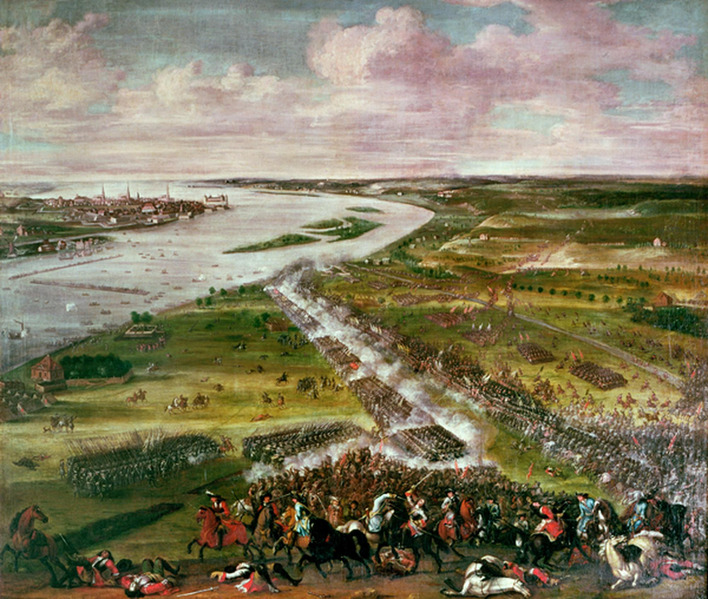
The Great Northern War was a conflict primarily fought between Russia, led by Peter the Great, and Sweden, under King Charles XII.
It stemmed from Russian ambitions to gain access to the Baltic Sea and challenge Swedish dominance in the region. The war had profound consequences for Northern Europe.
It witnessed significant military campaigns, including the famous Battle of Poltava in 1709, where the Russian forces decisively defeated the Swedes.
The war concluded with the Treaty of Nystad in 1721, which marked the end of Sweden as a major European power and granted Russia control over the Baltic territories of Estonia, Livonia, and Ingria.
3. War of the Quadruple Alliance (1718-1720)
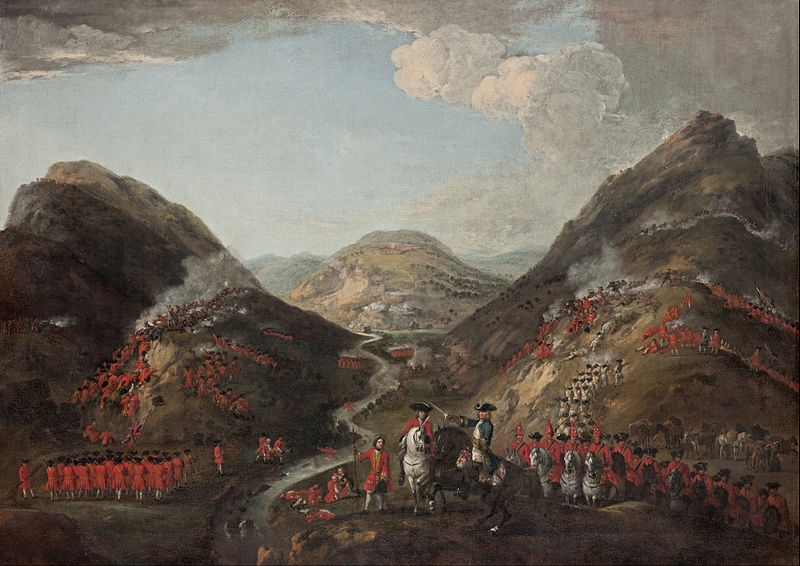
The War of the Quadruple Alliance emerged from the struggle for dominance in Italy. The Quadruple Alliance, consisting of Britain, France, Austria, and the Dutch Republic, sought to curb Spanish influence in the Italian peninsula. Spain, under Philip V, aimed to reclaim territories lost in previous conflicts.
The war involved a series of military campaigns fought mainly in Italy. The Quadruple Alliance achieved success, and the war concluded with the Treaty of The Hague in 1720.
The treaty reaffirmed the balance of power and territorial arrangements established in previous agreements, restricting Spain’s ambitions in Italy.
4. War of Jenkins’ Ear (1739-1748)
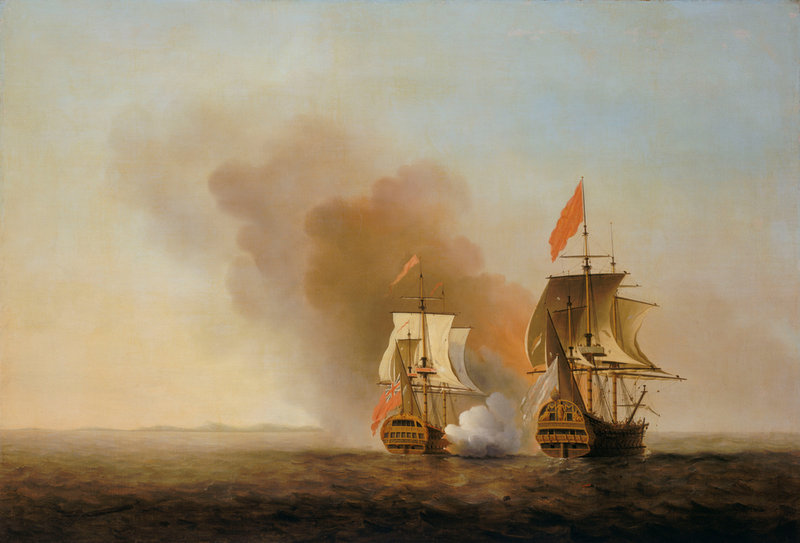
The War of Jenkins’ Ear was a conflict primarily fought between Britain and Spain. It originated from trade disputes and tensions in the Caribbean and along the coasts of Central and South America.
The war’s name is derived from an incident where a British sailor named Robert Jenkins claimed his ear was cut off by Spanish authorities. The conflict involved naval engagements, privateering, and land campaigns, particularly in the Caribbean and South America.
The war merged with the larger War of the Austrian Succession in 1742. Ultimately, the Treaty of Aix-la-Chapelle in 1748 ended the hostilities but left many of the underlying issues unresolved.
5. War of the Austrian Succession (1740-1748)
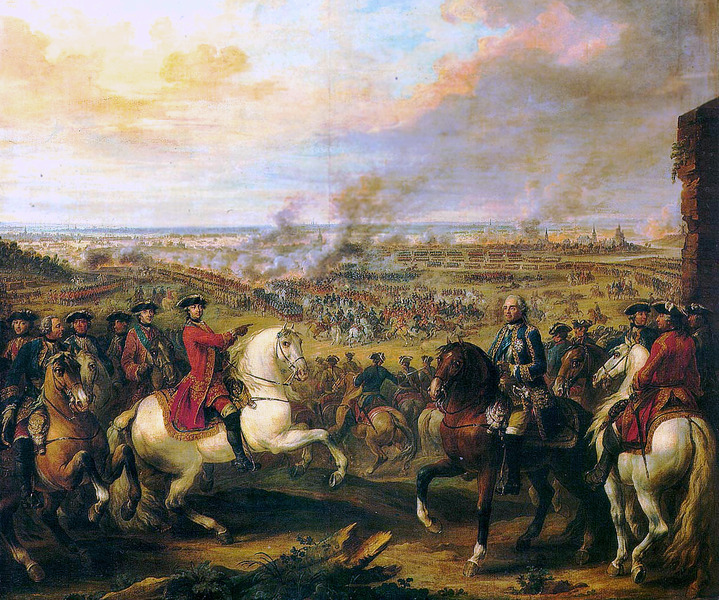
The War of the Austrian Succession was a complex conflict triggered by the death of Emperor Charles VI of Austria and subsequent disputes over the inheritance of his territories.
Various European powers, including Austria, Britain, France, Prussia, and others, were involved in the war, which spread across Europe and into the colonies. The conflict saw numerous battles, including the famous Battle of Fontenoy and the Prussian victories under King Frederick the Great.
The Treaty of Aix-la-Chapelle ended the war in 1748, confirming Maria Theresa’s control over the Austrian lands but leaving some territorial disputes unresolved.
6. Seven Years’ War (1756-1763)
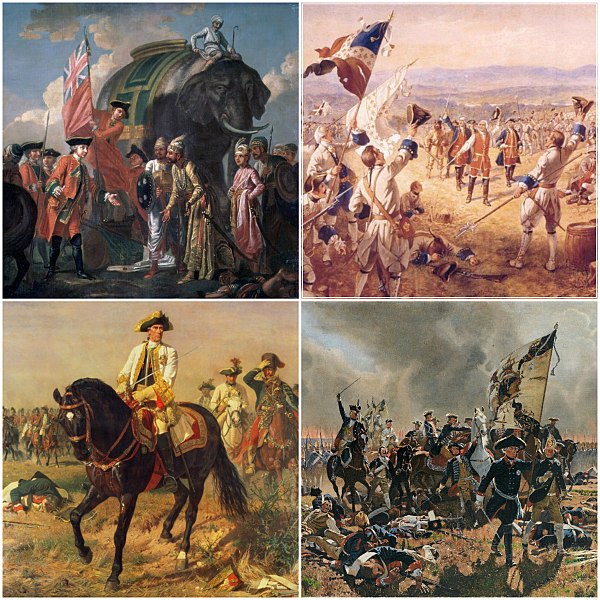
The Seven Years’ War is often regarded as the first true global conflict and involved major European powers fighting for dominance in Europe, North America, the Caribbean, and India. The war pitted two major coalitions against each other.
On one side were Britain, Prussia, and their allies, while France, Austria, Russia, and others formed the opposing alliance. The conflict witnessed notable battles such as the Battle of Rossbach, the Battle of Plassey, and the Battle of Quebec. The war had a significant impact on the balance of power and the colonial empires.
The Treaty of Paris in 1763 ended the conflict, granting significant territorial gains to Britain, including Canada and various French territories in North America and India.
7. American Revolutionary War (1775-1783)
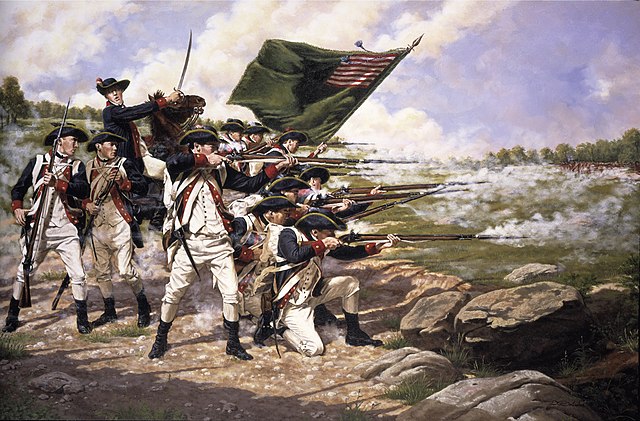
The American Revolutionary War, also known as the War of Independence, was a conflict fought between Great Britain and thirteen of its North American colonies, which declared themselves the independent United States of America.
The war was sparked by rising tensions over British policies and control, including issues of taxation and representation. The conflict saw notable battles such as the Battles of Lexington and Concord, the Battle of Saratoga, and the Siege of Yorktown.
With the assistance of France and other European powers, the American colonies secured their independence. The Treaty of Paris in 1783 recognized the United States as a sovereign nation and established the boundaries of the new country.
8. French Revolutionary Wars (1792-1802)

The French Revolutionary Wars were a series of conflicts that erupted in the wake of the French Revolution and the rise of the First French Republic.
France, under revolutionary leadership, faced coalitions of European powers that sought to restore the old order and contain the spread of revolutionary ideals.
The wars saw major battles such as the Battle of Valmy, the Battle of Marengo, and the Battle of the Nile. Notably, the conflicts witnessed the rise of Napoleon Bonaparte, who played a key role in French military successes.
The wars concluded with the Treaty of Amiens in 1802, which brought a temporary peace, although tensions would resurface, leading to the Napoleonic Wars.
